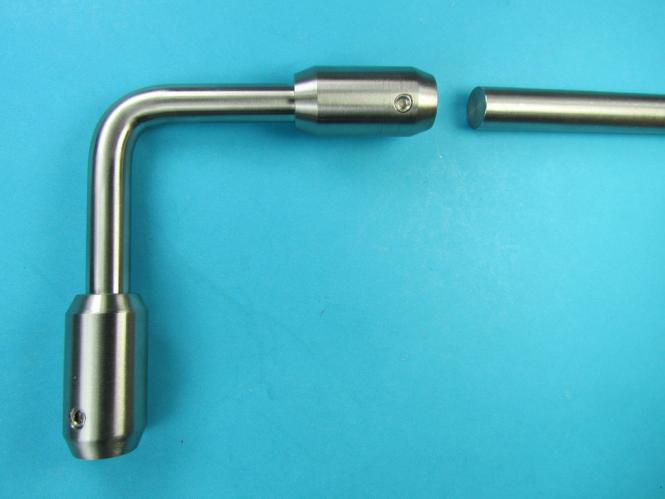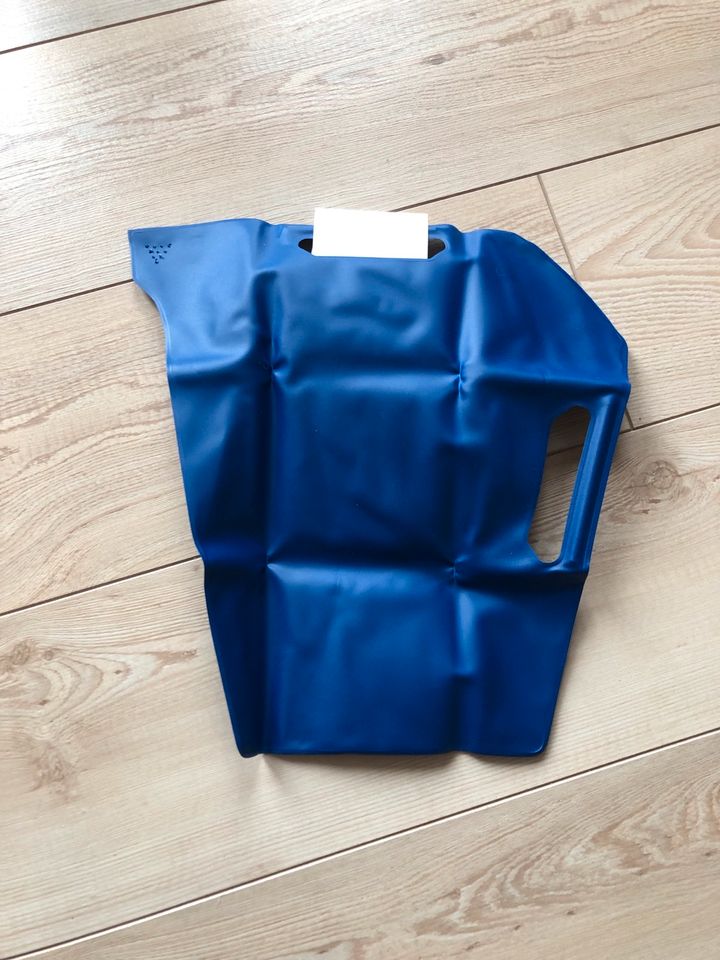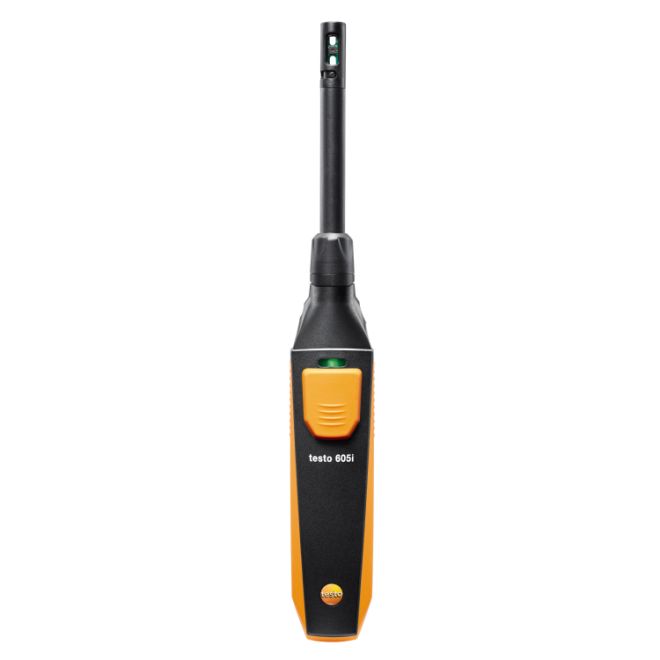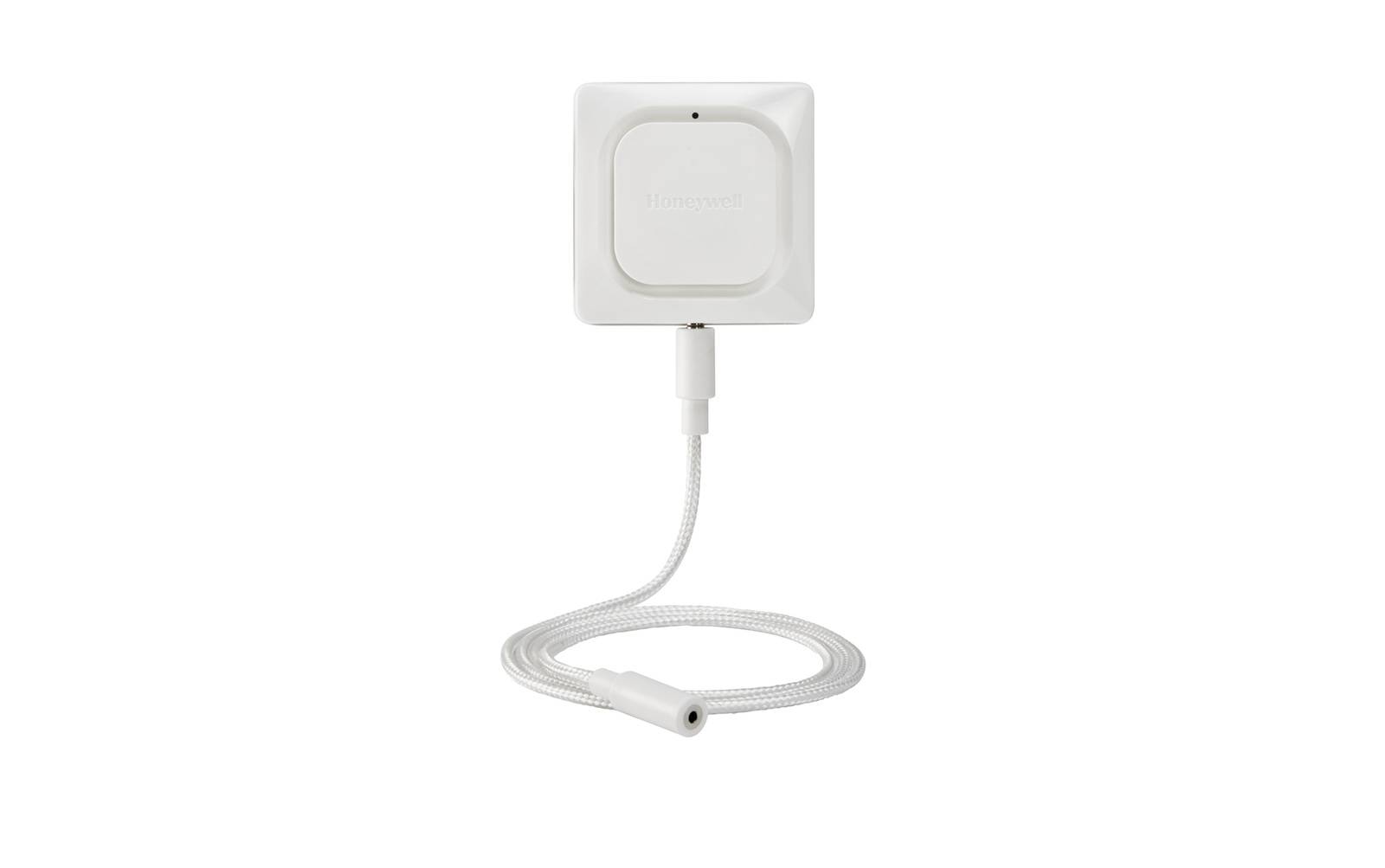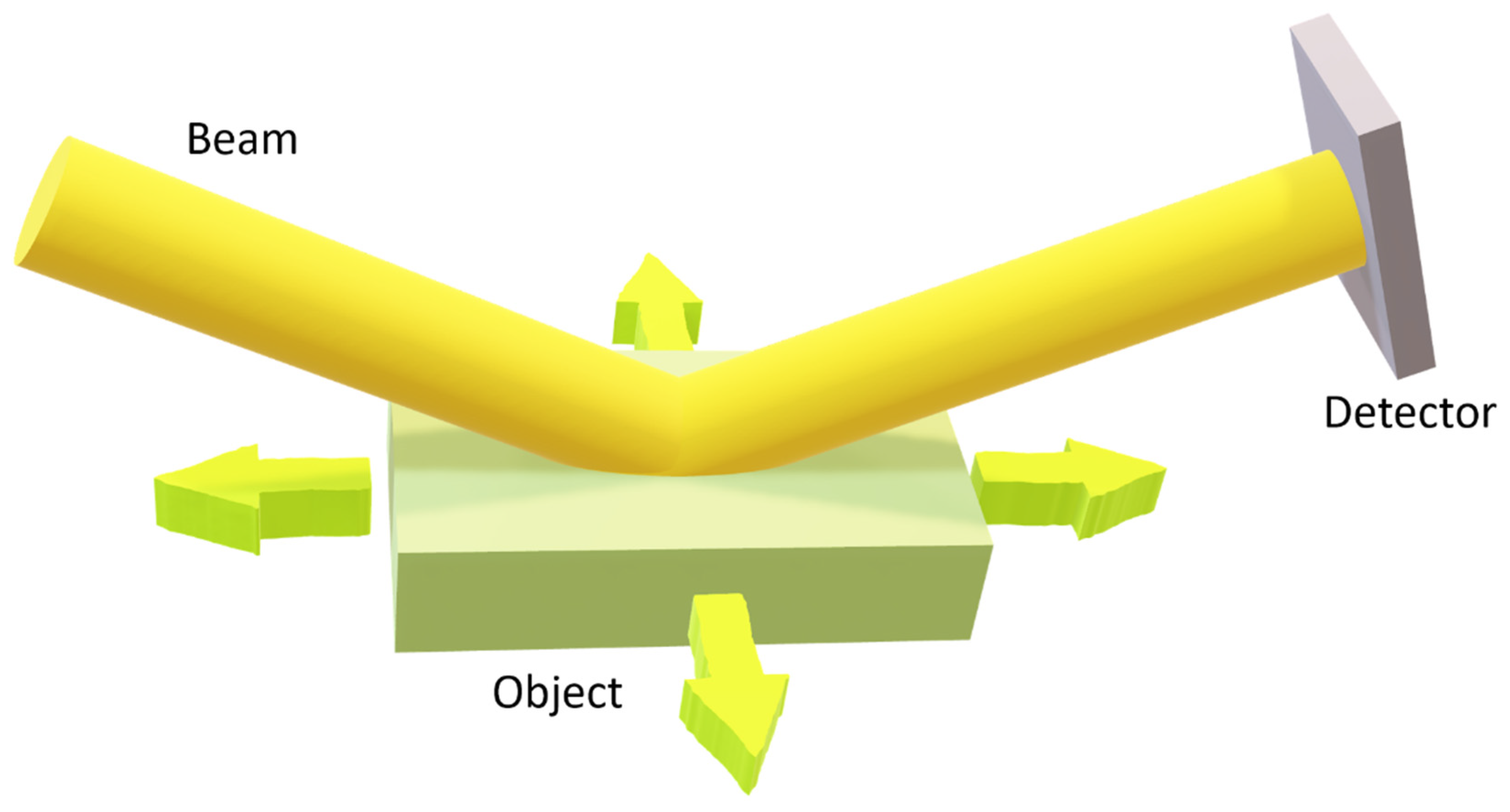Symmetry, Free Full-Text
4.9 (268) · € 33.50 · Auf Lager
Ptychography is a lensless imaging technology that is validated from hard X-rays to terahertz spectral range. It is most attractive for extreme ultraviolet (EUV) and X-rays as optical elements are expensive and often not available. Typically, the set up involves coherently illuminated object that directs the scattered radiation normally to detector which is parallel to the object plane. Computer processing of diffraction patterns obtained when scanning the object gives the image, more precisely, the distribution of intensity and phase on its surface. However, this scheme is inefficient for EUV and X-rays due to poor reflectivity and low penetration in all materials. Reflection mode ptychography solves the problem if illumination angles do not exceed the critical angle of object material. Changing the geometry of experiment changes physical and mathematical model of image formation. Including: diffraction integral describing beam propagation from object to detector, inverse problem, optimization of object illumination angle, position and orientation of detector, choosing size and grid of coordinate and frequency computer domains. This paper considers the wavefield scattered to detector by obliquely illuminated object and determines a domain for processing of obtained scans. Solution of inverse problem with phase retrieval and resulting numerical images will be presented in the next paper.
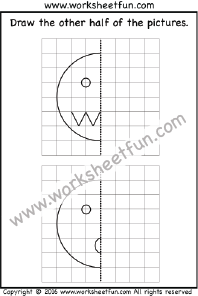
Symmetry / FREE Printable Worksheets – Worksheetfun
BIM objects - Free download! Electrolux Induction Full Hob 60 Black
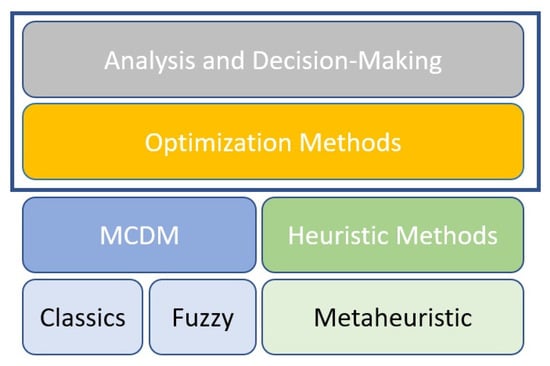
Optimization With Metaheuristics In Python Free - Colaboratory

Symmetry Groundwork Paving and Landscapes
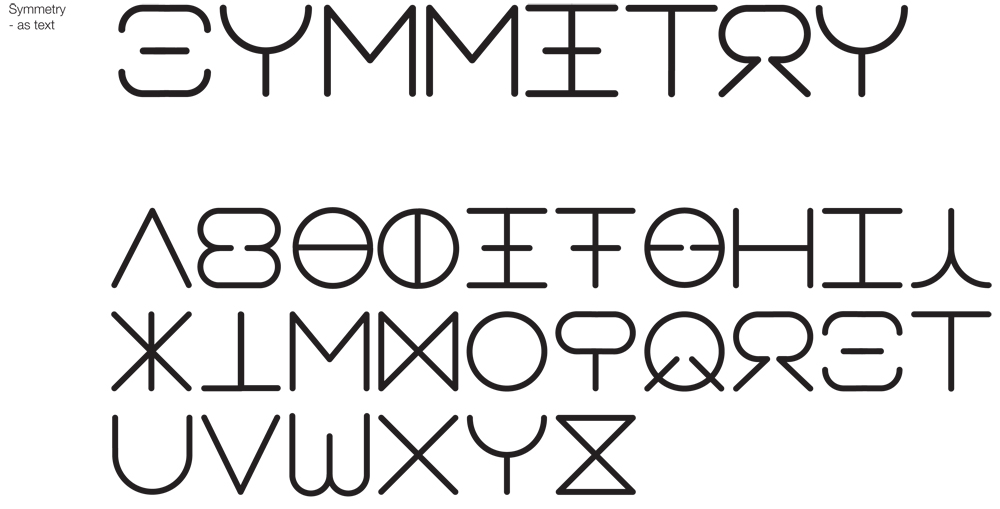
D'source Symmetry as Text, Visual Symmetry
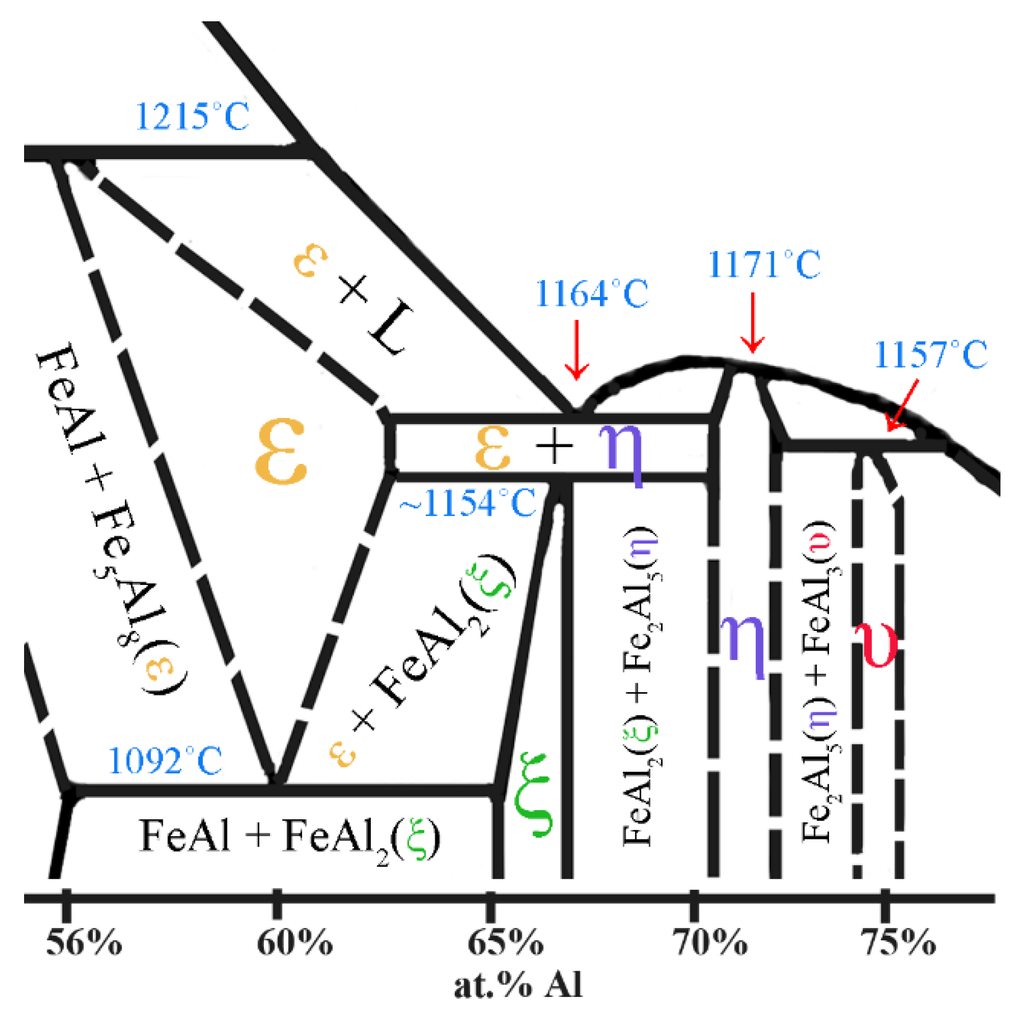
Materials, Free Full-Text
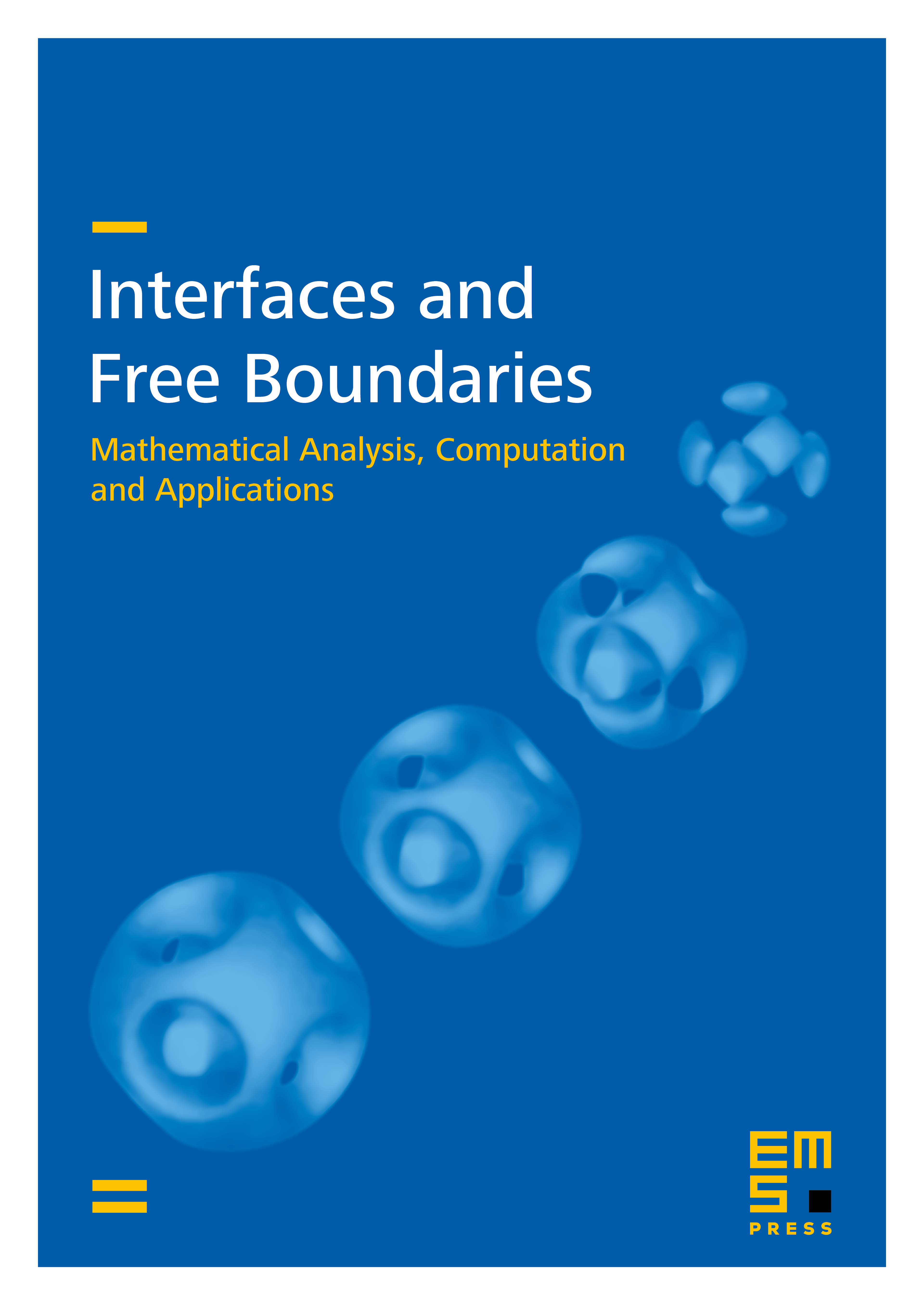
Volume 9, No. 1 (2007), Interfaces and Free Boundaries

Symmetry - Definition, Types, Line of Symmetry in Geometry and Examples
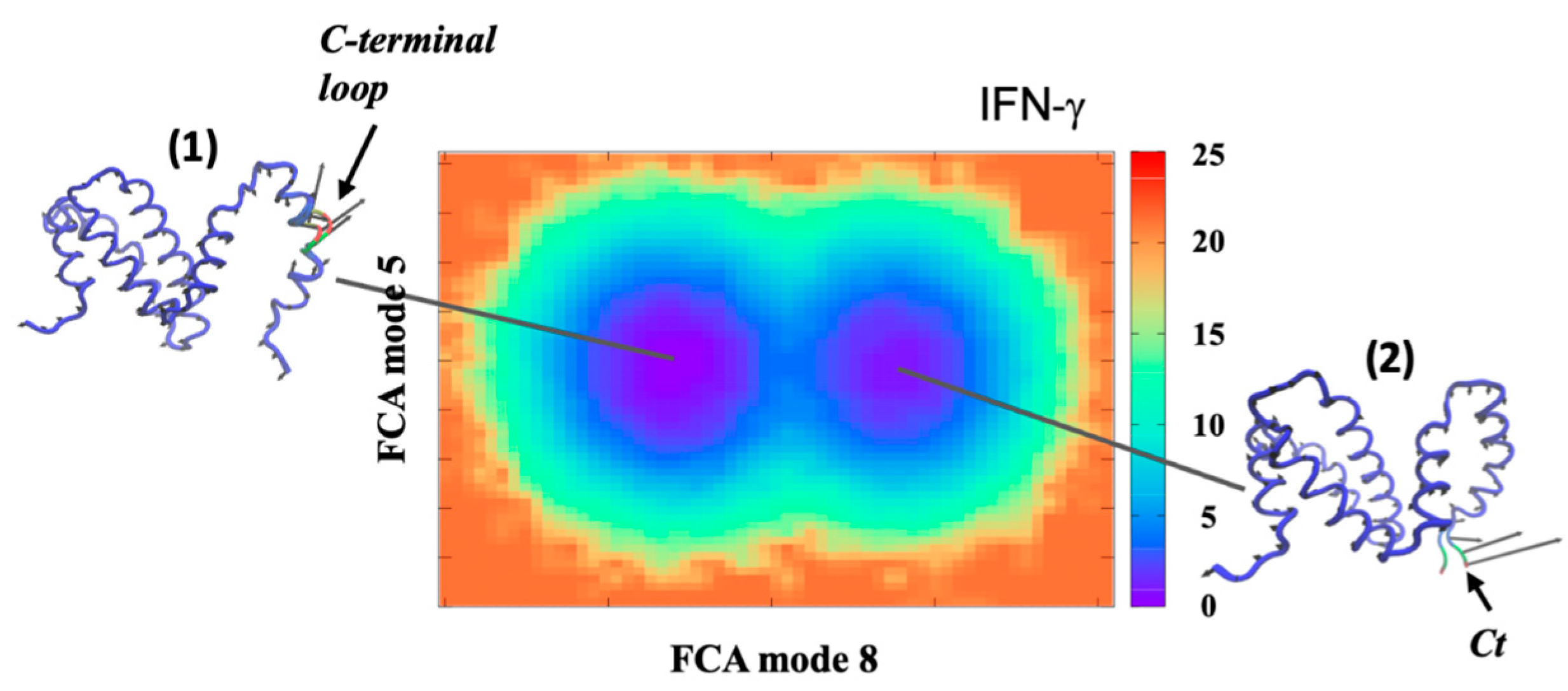
Symmetry, Free Full-Text

Motorola UK

Free Symmetry Pages Free Homeschool Deals ©

Expand Full Text Svg Png Icon Free Download (#138594)

